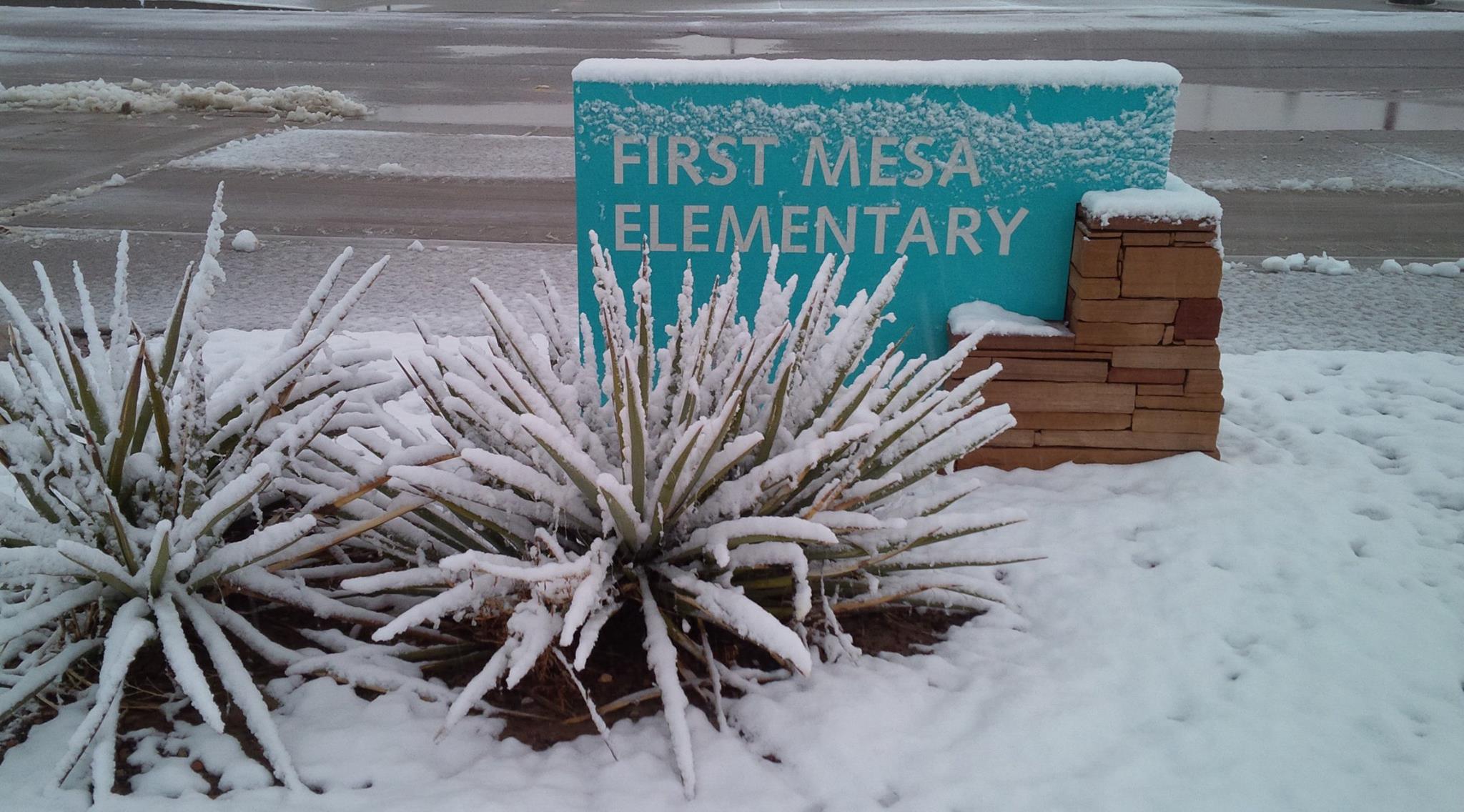
First Mesa Elementary School is a Bureau of Indian Education institution located on the Hopi Reservation in Arizona. Photo from Facebook
Should Indian students be able to take funds from the Bureau of Indian Education and use them at other institutions of their choice? Lennie Jarratt of The Heartland Institute defends S.2711, the Native American Education Opportunity Act, a bill that has faced criticism from the Bureau of Indian Affairs and the National Indian Education Association:
Native American students are being left behind in great numbers. This minority population is at the highest risk of any group in the nation of not receiving a proper education. Native American students deserve access to a quality education — just like every other student. Arizona is one of only five states with an education savings account program. It is also home to the largest reservation in the country, the Navajo Nation, with a population of just under 175,000. The problem in Arizona is Native American students in schools run by the Bureau of Indian Education (BIE) are not eligible for the state’s ESA program. The Native American Education Opportunity Act would correct this problem by allowing students on reservations to have access to these funds. If passed, American Indian students would no longer be trapped in the poorly run BEI schools in Arizona. BEI operates 183 schools across 23 states and 64 reservations and has a student population of around 42,000. The largest reservation populations are in Arizona, Montana, Nebraska, New Mexico, North Dakota, Oklahoma, South Dakota and Utah. Allowing ESAs to be utilized in states with large reservation populations would be one of the most significant education improvements for Native Americans in U.S. history. These students would be able to attend non-BIE schools, which could be private, virtual, tribal, a charter school, or a mix of learning facilities. The ESA would also allow the students to find tutors, pay for transportation to another school, pay for books, and pay for individualized instruction. The education opportunities would grow each year, allowing more and more students to escape failing government-run schools.Get the Story:
Lennie Jarratt: Bringing education freedom to Native Americans (The Deseret News 5/3) Inspector General Reports:
Investigation of Improper Hiring at the Bureau of Indian Education (March 30, 2016)
Investigative Report of Brian Drapeaux (December 2, 2014) Government Accountability Office Reports:
Key Actions Needed to Ensure Safety and Health at Indian School Facilities (March 10, 2016)
Further Actions on GAO Recommendations Needed to Address Systemic Management Challenges with Indian Education (April 22, 2015)
Bureau of Indian Education Needs to Improve Oversight of School Spending (November 13, 2014)
Related Stories
Scandals
overshadow Bureau of Indian Education reform efforts (04/07) Witness list for Senate Committee on Indian Affairs hearing on education bills (04/04)
Cronkite News: McCain bill diverts Indian school funds from BIE (03/22)
Senate Committee on Indian Affairs puts focus on Indian education bills (03/21)
Join the Conversation
